4 min
Compliance monitoring tools are platforms or systems that allow organizations to track adherence to regulations and internal policies. They automate oversight processes, reduce the likelihood of human error, and generate real-time insights into compliance risks. In highly regulated industries such as finance, insurance, healthcare, legal, and engineering, these solutions are critical. A missed obligation in a financial audit, a lapse in data privacy for a hospital, or a failure to align with engineering safety standards can result in penalties, reputational damage, and operational disruption.
TL;DR
Compliance monitoring tools automate oversight, help detect regulatory risks, and ensure alignment with internal and external requirements. Advanced solutions such as Knowledge Studio, powered by the Perseus model, are designed to process large volumes of unstructured documents with a level of accuracy and transparency that general-purpose AI systems cannot achieve. This article explores the main approaches to compliance monitoring, compares leading tools, and illustrates their application in finance, legal, healthcare, and engineering.
Why Compliance Monitoring Tools Are Important
The regulatory environment is more demanding than ever. Banks must comply with requirements such as AML, MiFID II, and Basel III. Insurers are expected to meet Solvency II and IFRS 17. Legal professionals must navigate GDPR and evolving international data transfer rules, while healthcare organizations are required to respect HIPAA, FDA, and EMA standards. Without the support of monitoring technology, compliance teams face growing risks of oversight.
In recent years, fines for AML violations among European banks have reached record levels, with billions paid in penalties. Hospitals have also been sanctioned for inadequate patient data protection. These cases demonstrate the consequences of failing to implement robust monitoring. Effective tools not only detect and prevent violations early, but also automate reporting, reduce manual effort, and provide the transparency regulators demand.
Core Approaches to Compliance Monitoring
Compliance monitoring has evolved significantly over time. In its earliest form, organizations relied on manual methods such as audits, checklists, and spreadsheets. While still used by smaller firms, these approaches are fragile at scale and often result in delays or overlooked details. The next step in maturity came with automated platforms such as RSA Archer or SAP GRC, which introduced workflows that could track compliance tasks, generate alerts, and accelerate reporting. Although valuable, these systems often struggled with unstructured information and remained limited to structured databases.
Risk-based monitoring marked an important shift in philosophy by focusing attention on areas of greatest potential impact. For example, an insurer could prioritize monitoring of solvency ratios under Solvency II while devoting fewer resources to lower-risk obligations. Today, the most advanced stage of compliance monitoring integrates artificial intelligence. Knowledge Studio, with Perseus at its core, is able to transform regulatory texts, contracts, and audit reports into knowledge graphs, enabling continuous monitoring and explainable insights. Unlike generic AI, Perseus has been fine-tuned specifically for compliance scenarios, which ensures higher precision and reliability.
Leading Compliance Monitoring Tools
Knowledge Studio with Perseus
.png)
Knowledge Studio is Lettria’s platform for document intelligence. Perseus, the model powering the platform, is designed to address the unique challenges of regulated industries. By structuring unstructured data into knowledge graphs, it enables compliance teams to follow obligations across thousands of documents and jurisdictions simultaneously. Its strengths include accuracy on domain-specific tasks, multilingual capabilities, and results that remain explainable for auditors. The main limitation is the onboarding phase required to set up knowledge graph adoption within existing workflows.
IBM OpenPages
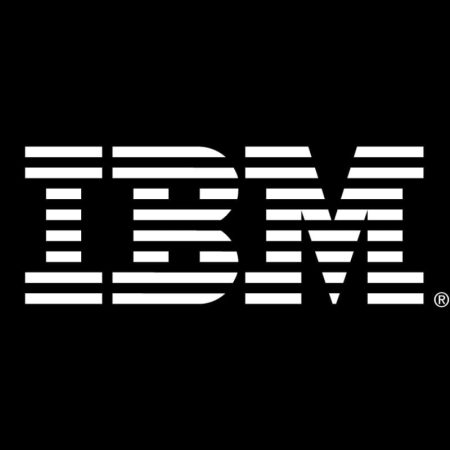
IBM OpenPages is a governance, risk, and compliance solution that integrates closely with Watson AI. It is valued for its high level of customization, strong analytics, and enterprise-grade scalability, but its complexity and cost often make it best suited for very large organizations.
RSA Archer
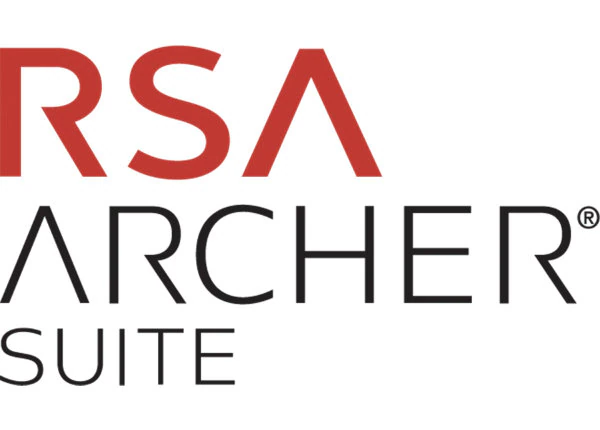
RSA Archer is a widely adopted compliance and risk management solution. It is praised for its flexible workflows and powerful reporting capabilities, although users often find that its steep learning curve and dated interface reduce usability.
LogicManager
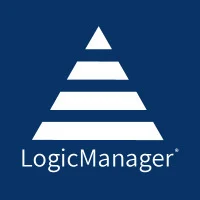
LogicManager is positioned as an accessible option for mid-market organizations. It is recognized for its ease of use, cost-effectiveness, and strong customer support. However, it lacks the depth required to handle highly complex regulatory environments.
SAP GRC
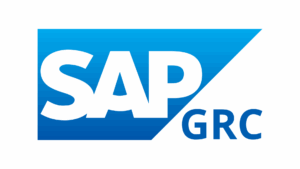
SAP GRC is an integrated platform designed for enterprises already running SAP systems. It offers robust reporting, global compliance coverage, and strong integration with enterprise resource planning, but its implementation tends to be resource-intensive and better suited to SAP-heavy environments.
OneTrust
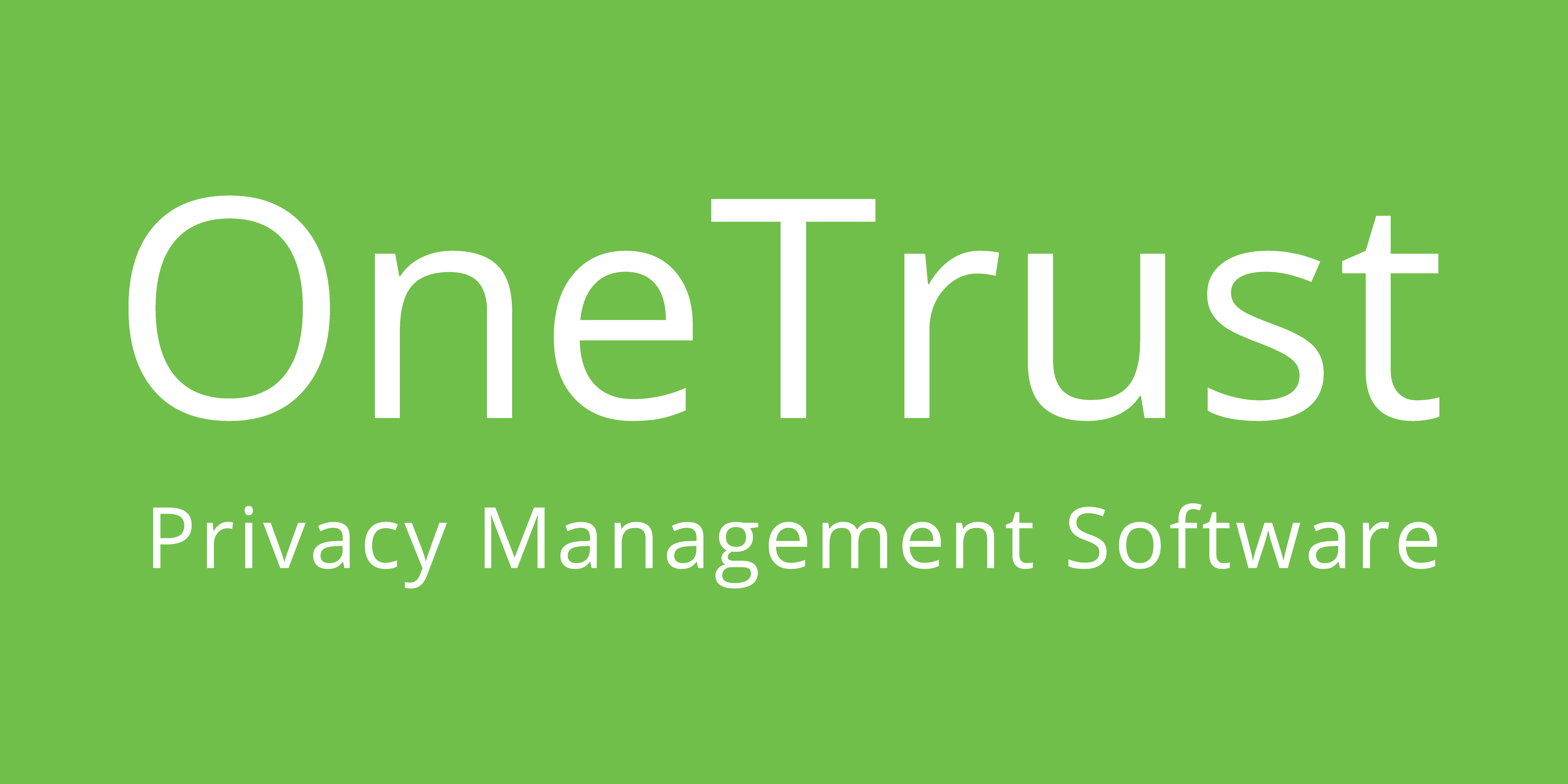
OneTrust specializes in data privacy and regulatory compliance. It has become a go-to choice for organizations focused on GDPR, CCPA, and other privacy frameworks. The platform is intuitive and frequently updated, though its narrower focus and challenges in scaling limit its applicability beyond privacy-first contexts.
Industry Applications
In the financial sector, compliance monitoring tools are essential for detecting fraud, fulfilling AML and KYC obligations, and producing audit-ready reports. A European bank managing thousands of daily transactions can use Knowledge Studio and Perseus to extract risk indicators from unstructured data, such as customer narratives or regulator notices, enabling faster intervention and fewer false positives.
In legal services, international law firms handling thousands of contracts across jurisdictions face significant risk if obligations are missed. AI-powered monitoring can automatically identify clauses related to data protection, jurisdiction, or dispute resolution. Firms such as Clifford Chance or DLA Piper can cut review time and reduce regulatory exposure by embedding such technology into contract management workflows.
In healthcare, hospitals and pharmaceutical companies rely on compliance monitoring to align with HIPAA, EMA, and FDA requirements. For a pharmaceutical group preparing a clinical trial submission, AI monitoring can surface inconsistencies between trial protocols and patient consent forms. Detecting these issues early can prevent approval delays and financial losses.
In engineering, multinational firms such as Vinci or Bouygues must ensure compliance with ISO certifications and environmental standards across multiple projects. AI-driven monitoring provides consistency in documentation, ensures conformity with regulatory obligations, and helps avoid costly project interruptions.
How AI Enhances Compliance Monitoring
Traditional platforms remain strong at handling structured datasets but fail to address the complexity of unstructured regulatory information. Perseus closes this gap by transforming unstructured texts into knowledge graphs, which can then be monitored continuously. The difference lies in explainability: where general-purpose AI may provide incomplete or unverifiable answers, Perseus produces outputs that can stand in front of auditors or regulators. For compliance teams, this is the difference between reactive oversight and proactive risk management.
Conclusion
Compliance monitoring has shifted from checklists and manual audits to automated platforms and, today, to AI-driven solutions. Legacy platforms such as IBM OpenPages, RSA Archer, and SAP GRC remain influential, but Knowledge Studio with Perseus introduces a new level of intelligence by turning unstructured documents into structured, auditable knowledge. For banks dealing with AML, law firms managing global data transfer rules, pharmaceutical companies navigating FDA approvals, and engineering firms pursuing ISO certifications, AI-enhanced monitoring is no longer optional. It is the most efficient way to scale compliance while reducing costs and protecting reputation.
Frequently Asked Questions
Yes. Lettria’s platform including Perseus is API-first, so we support over 50 native connectors and workflow automation tools (like Power Automate, web hooks etc,). We provide the speedy embedding of document intelligence into current compliance, audit, and risk management systems without disrupting existing processes or requiring extensive IT overhaul.
It dramatically reduces time spent on manual document parsing and risk identification by automating ontology building and semantic reasoning across large document sets. It can process an entire RFP answer in a few seconds, highlighting all compliant and non-compliant sections against one or multiple regulations, guidelines, or policies. This helps you quickly identify risks and ensure full compliance without manual review delays.
Lettria focuses on document intelligence for compliance, one of the hardest and most complex untapped challenges in the field. To tackle this, Lettria uses a unique graph-based text-to-graph generation model that is 30% more accurate and runs 400x faster than popular LLMs for parsing complex, multimodal compliance documents. It preserves document layout features like tables and diagrams as well as semantic relationships, enabling precise extraction and understanding of compliance content.


.png)

.png)
.jpg)
.jpg)
.png)